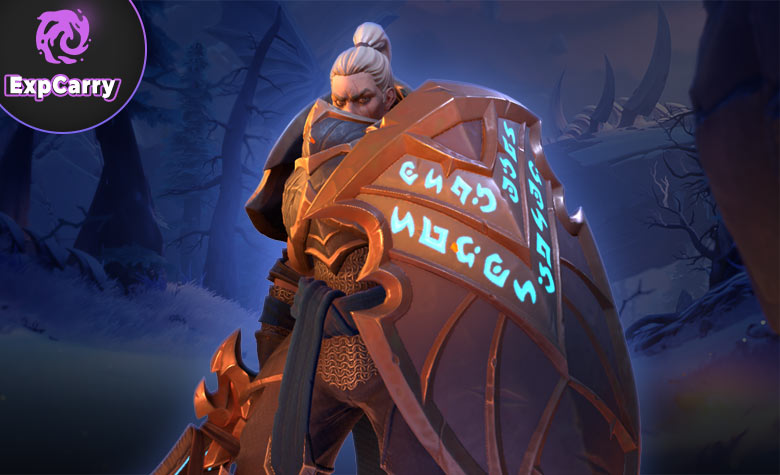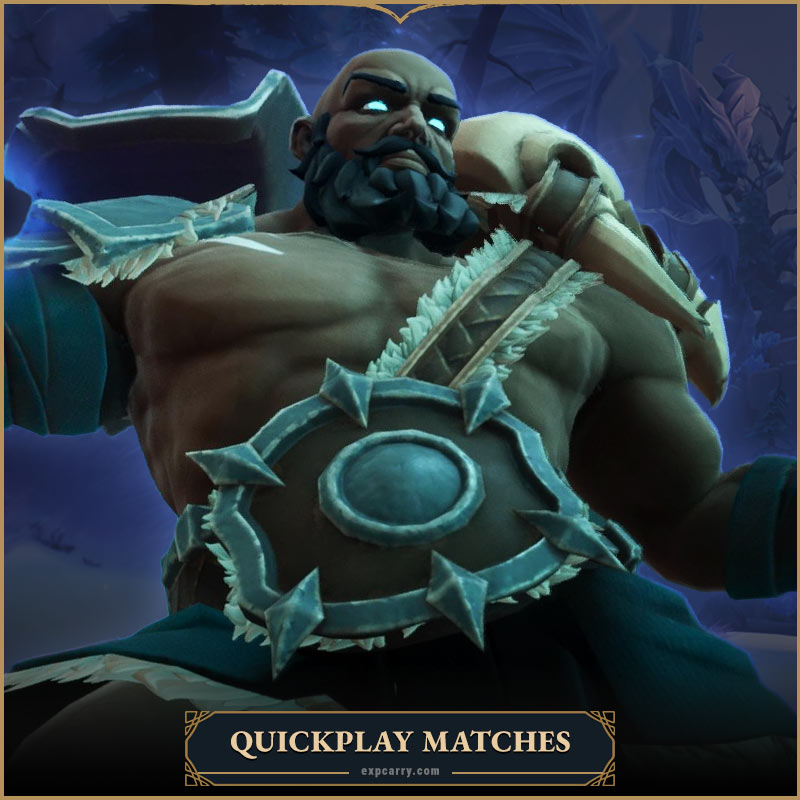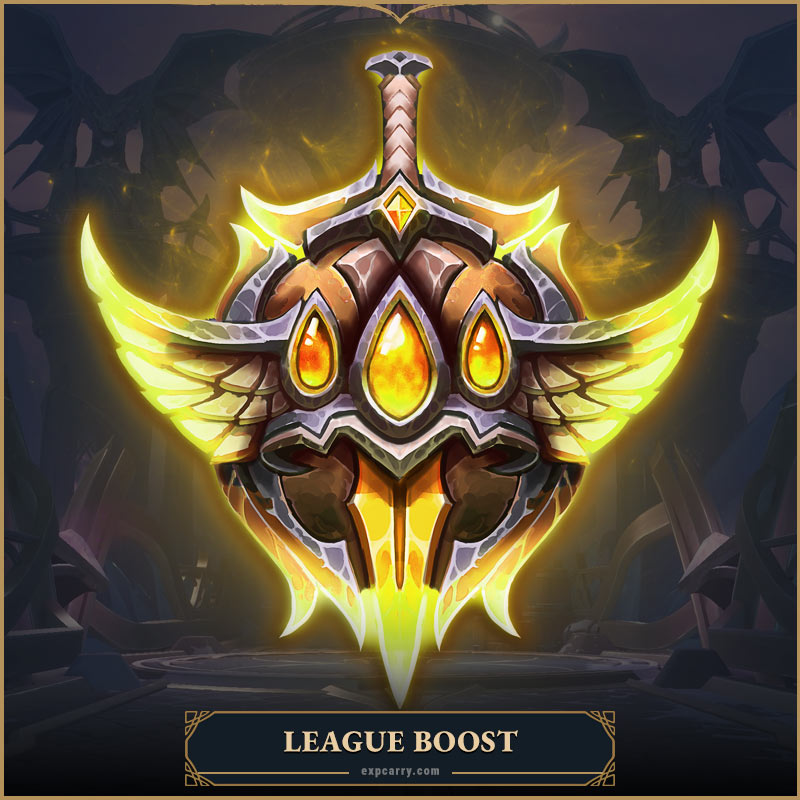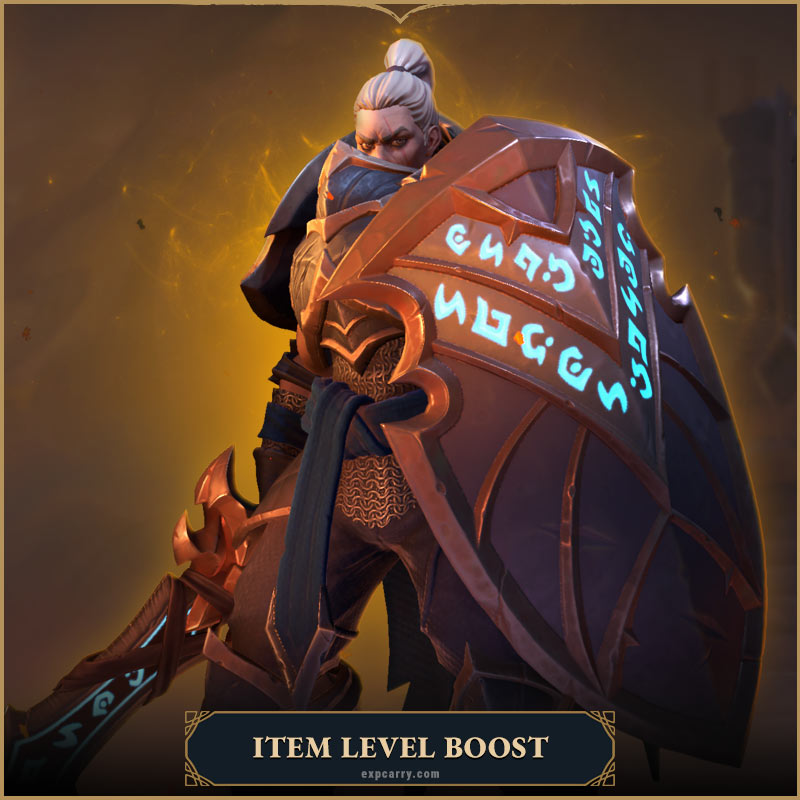Fellowship Beginner’s Guide – Essential Tips for New Players in 2025
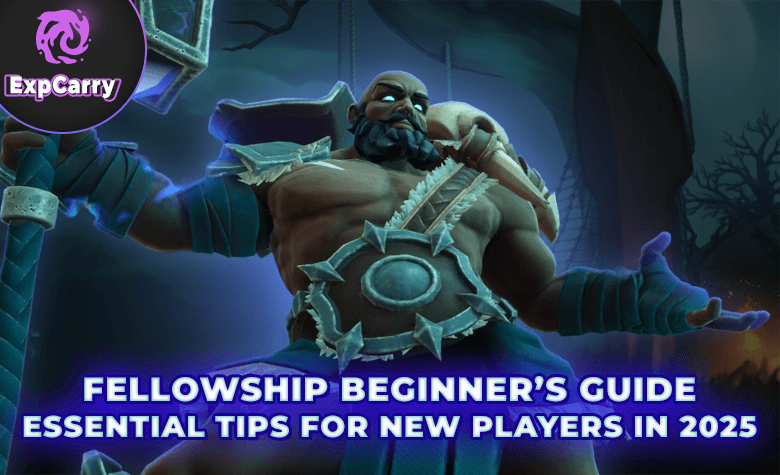
Just started Fellowship and not sure where to begin? You’re not alone—many new players dive into this exciting multiplayer online dungeon adventure and feel overwhelmed by the cooperative gameplay, hero choices, and progression systems. Released into Early Access on Steam on October 16, 2025, Fellowship is a co-op focused game developed by One More Game, where you team up with three other players to tackle challenging dungeons in a vibrant fantasy world. With its MMO-style elements like defined roles, scalable gear, and endless progression, it draws inspiration from classics like World of Warcraft's Mythic+ system but strips it down to pure, fast-paced dungeon crawling without the open-world fluff. The game's emphasis on teamwork, quick runs, and scaling difficulties can have a steep learning curve at first, especially for those new to the genre. But don't worry; this comprehensive guide will walk you through the basics and beyond to help you get started smoothly, avoid common pitfalls, and build confidence for your adventures. Whether you're searching for a "Fellowship beginner guide," "Fellowship tips for new players," "how to play Fellowship," or "Fellowship new player tips 2025," we've got you covered with in-depth explanations, strategies, and resources.
In this expanded guide, we'll delve deeper into the game's core mechanics, provide detailed breakdowns of heroes and roles, explore the Stronghold hub in detail, explain early progression paths, discuss gearing strategies, offer an extensive list of beginner tips and do's/don'ts, highlight common mistakes to avoid, and even touch on community resources for ongoing support. By the end, you'll feel empowered to queue up for your first dungeon and start climbing the ranks. Let's jump in!
Understanding Roles & Heroes
At the heart of Fellowship's gameplay is the "holy trinity" system of roles: tank, healer, and DPS (damage per second). This classic setup ensures balanced parties where each role complements the others, promoting teamwork in every dungeon run. A standard party consists of one tank, one healer, and two DPS players. Understanding these roles is crucial because mismatching them can lead to wipes (full party deaths) and frustration. Let's break them down in detail, including tips for beginners in each role.
- Tank: As the frontline warrior, your job is to draw and hold enemy attention (known as "aggro" or threat) to protect squishier teammates. Tanks use taunts, defensive cooldowns, and positioning to mitigate damage while keeping enemies grouped for efficient clearing. Beginner tip: Focus on survival first—use your defensive abilities reactively to big hits, and learn to kite (run away while attacking) if overwhelmed. Tanks like Helena excel in straightforward shielding, while Meiko offers mobility for advanced play.
- Healer: The lifeline of the party, healers restore health, remove debuffs (harmful effects like poisons or slows), and sometimes contribute damage. Mana management is key, as overuse can leave you dry during boss fights. Beginner tip: Prioritize healing the tank, then DPS; use efficient spells for sustained healing and save bursts for emergencies. Healers should position safely but stay in range—dying as a healer often dooms the run.
- DPS: Your primary goal is to deal maximum damage to enemies and bosses while handling mechanics like interrupting casts or avoiding hazards. DPS players must balance offense with self-preservation to not strain the healer. Beginner tip: Learn your rotation (sequence of abilities) on training dummies, and always interrupt priority spells—failing this can wipe groups. DPS roles offer variety, from ranged mages to melee assassins.
Fellowship features nine unique heroes at launch, each locked to a specific role but with customizable talents for personalization. You can own and switch between all heroes freely, so experimentation is encouraged. Below is a detailed summary of each hero, including their playstyle, key abilities, and beginner-friendly advice. We've organized them by role for clarity.
Tanks
| Hero | Playstyle | Key Abilities | Beginner Tips |
|---|---|---|---|
| Helena | Defensive Knight: Focuses on shields and retaliation. | Shield Bash (stun), Fortify (damage reduction), Retaliate (reflect damage). | Great for new tanks—simple cooldown management. Practice holding aggro on groups. |
| Meiko | Mobile Monk: Combo-based with dodges and self-heals. | Wind Step (dash), Harmony Strike (combo builder), Tranquil Aura (heal over time). | Use mobility to reposition; ideal if you like agile play. Start with basic combos before advanced finishers. |
Healers
| Hero | Playstyle | Key Abilities | Beginner Tips |
|---|---|---|---|
| Sylvie | Nature Druid: Pet-assisted healing with DoTs (damage over time). | Flutterfly Swarm (HoT pets), Thorn Barrier (defensive thorns), Bloom (burst heal). | Summon pets early; focus on proactive healing. Good for multitaskers. |
| Vigour | Holy Priest: Builder/spender with runes for versatility. | Radiant Rune (build stacks), Divine Surge (spend for heal/damage), Purify (debuff removal). | Manage stacks carefully; excellent for reactive healing in chaotic fights. |
DPS
| Hero | Playstyle | Key Abilities | Beginner Tips |
|---|---|---|---|
| Ardeos | Fire Mage: Burn and detonate for burst. | Ignite (DoT), Detonate (explode burns), Flame Shield (defense). | Apply burns first, then boom—ranged safety helps beginners. |
| Rime | Frost Mage: Orb building for damage windows. | Frost Orb (stack builder), Shatter (consume for burst), Freeze (crowd control). | Build orbs during downtime; great for controlling mobs. |
| Mara | Rogue: Stealth and poisons for melee combos. | Poison Strike (DoT combo), Shadow Step (teleport), Eviscerate (finisher). | Use stealth for positioning; avoid frontlining without a tank. |
| Tariq | Berserker Warrior: Fury building with thunder. | Thunder Hammer (fury gen), Lightning Weave (spend fury), Rage Burst (AoE). | Melee focus—stay mobile and use fury wisely. |
| Elarion | Hunter: Ranged marksman with focus management. | Aimed Shot (high damage), Focus Generator (build resource), Trap (CC). | Keep distance; perfect for beginners avoiding melee chaos. |
As a new player, start with a hero that aligns with your preferred role—tanks for leadership, healers for support, DPS for aggression. Remember, all heroes level independently via the Starmap system (more on that later), so trying multiple is key to finding your fit.
Getting Started in the Stronghold
The Stronghold serves as your central hub—a bustling, safe social space reminiscent of MMO cities but focused solely on dungeon prep. Here, you'll customize your heroes, form parties, and access vendors. Upon logging in, you'll spawn in the Stronghold, where you can interact with NPCs for quests, upgrades, and more.
To form a party, use the party finder tool or invite friends directly. The matchmaking system auto-fills roles for quick queues, but for better coordination, join via voice chat or the in-game LFG (looking for group) chat. Once grouped (ideally one tank, one healer, two DPS), head to the "Play" menu to queue for modes like Quickplay or Challenger.
In a dungeon run, expect to progress through rooms by defeating enemies to fill a 100% progress bar, then face a boss. Mechanics include avoidable ground effects, interruptible casts, and adds (additional enemies). Checkpoints (campfires) allow respawns without penalties beyond time loss. Runs vary from 10-20 minutes, scaling with difficulty.
Stronghold features include:
- Training Dummies: Practice rotations and talents.
- Vendors: Buy starter gear with tokens.
- Blacksmith: Upgrade items with gold and materials.
- Starmap Station: Unlock hero abilities.
- Social Areas: Chat, emote, or find guilds.
Beginner advice: Spend time here experimenting—respec talents for free and test builds before queuing.
Early Progression via Quickplay
Quickplay is the ideal starting mode for beginners, offering normalized gear (everyone's stats are equalized), no timers, and random one-boss dungeons for low-pressure practice. It's designed to ease you into mechanics without the stress of failure penalties. Aim for 10-15 Quickplay runs initially to unlock your hero's full potential.
Progression revolves around the Starmap—a talent tree unique to each hero. Clearing dungeons grants Starmap points, unlocking new abilities, passives, and rows. For example, early nodes might add a new spell, while later ones enhance damage or utility. Talents are respec-able anytime in the Stronghold, encouraging builds tailored to dungeons (e.g., AoE for mob-heavy runs).
Rewards include Quartermaster Tokens for gear, Cache Keys for materials, and experience toward higher leagues. Once comfortable, transition to Challenger mode for timed challenges and better loot. Pro tip: Use Quickplay to learn specific dungeon mechanics, like pillar activations in Cithrel's Fall or add management in The Heart of Tuzari.
Gearing Up as a New Player
Gear is key to powering up, but don't stress about it early on. In Quickplay, loot and tokens let you buy basic (Common) starter sets from vendors in the Stronghold. Equip upgrades right away to boost your stats.
As you tackle higher difficulties, dungeons drop better rarity gear (Uncommon, Rare, etc.) with higher item levels. Use gold and materials to upgrade at the Blacksmith, but cap it at around level 60 for early green gear—over-upgrading low-tier items wastes resources. Normalized stats in low-tier content mean you can focus on learning mechanics over perfect min-maxing at first.
Relics add utility like buffs or skips. Scrap unwanted gear for gold, and remember relics add utility like buffs or skips.
Beginner Tips & Do’s/Don’ts
To make your early experience smoother, here's an expanded list of 12 key tips, including do's and don'ts, drawn from community insights and expert guides.
- Do try each role early: Queue Quickplay with different heroes to find your style—understanding all roles makes you a better player overall.
- Don’t rush through dungeons: No timer in Quickplay, so explore mechanics slowly; rushing leads to avoidable deaths.
- Do practice on training dummies: Test rotations, talents, and interrupts in the Stronghold before live runs.
- Don’t ignore interrupts: Kick enemy casts (default F key)—priority for DPS and tanks to prevent wipes.
- Do upgrade gear wisely: Boost starter items to IL 15, but save resources for rares; over-upgrading whites is inefficient.
- Don’t forget communication: Use pings (1-4 keys), focus markers (V), and chat for coordination—silent groups fail more.
- Do experiment with talents: Free respecs allow dungeon-specific builds, like extra CC for add-heavy bosses.
- Don’t queue undergeared for Challenger: Aim for IL 15+ to avoid dragging the team; use Quickplay to gear up.
- Do save at checkpoints: Activate campfires to respawn closer—essential in longer dungeons.
- Don’t hoard loot: Scrap unusables for gold; inventory fills fast.
- Do join a community: Discord or Reddit for tips and groups—solo queuing can be tough.
- Don’t neglect mounts: Unlock one early for faster Stronghold navigation (three options available).
If you ever feel stuck on tough dungeons or progression, ExpCarry’s Fellowship boost services can help you clear them or level up faster safely. They also offer coaching for one-on-one help learning roles or mechanics. Check out their Fellowship boost options to accelerate your journey.
Common Beginner Mistakes to Avoid
Even with tips, pitfalls abound. Here are common errors and how to sidestep them:
- Overcommitting as DPS: Standing in fire or ignoring mechanics—stay aware of your surroundings.
- Poor Mana Management as Healer: Spamming big heals early—use efficient spells and potions.
- Losing Aggro as Tank: Forgetting taunts—cycle them on key targets.
- Ignoring Party Composition: Queuing without a balanced team—use matchmaking or LFG.
- Wasting Resources: Upgrading low-IL gear too far—focus on acquiring better bases.
- Skipping Tutorials: The game has in-game tips—read them!
- Solo Play Mindset: Fellowship is co-op—communicate or fail.
Avoiding these will accelerate your learning curve.
Advanced Tips for Beginners Transitioning to Mid-Game
Once basics are down, push further:
- Dungeon Scaling: Higher difficulties add modifiers like increased damage—prepare with talents.
- Endless Mode: Post-leveling endgame with infinite scaling for ultimate challenges.
- Guilds and Raids: Future updates promise larger content—join communities early.
- Optimization Tools: Use external sites like Fellowsguide for builds.
- Economy Management: Sell rares on the auction house for gold.
Conclusion
Mastering Fellowship takes time, patience, and practice, but the rewarding co-op adventures, strategic depth, and endless scaling make it incredibly engaging. With this guide's fundamentals—from roles and heroes to progression and tips—you'll tackle dungeons confidently and enjoy the fantasy world. Remember, every pro started as a beginner, so embrace the learning process. For extra help accelerating progress, check out ExpCarry’s services, including boosts and coaching. Happy adventuring in 2025!
